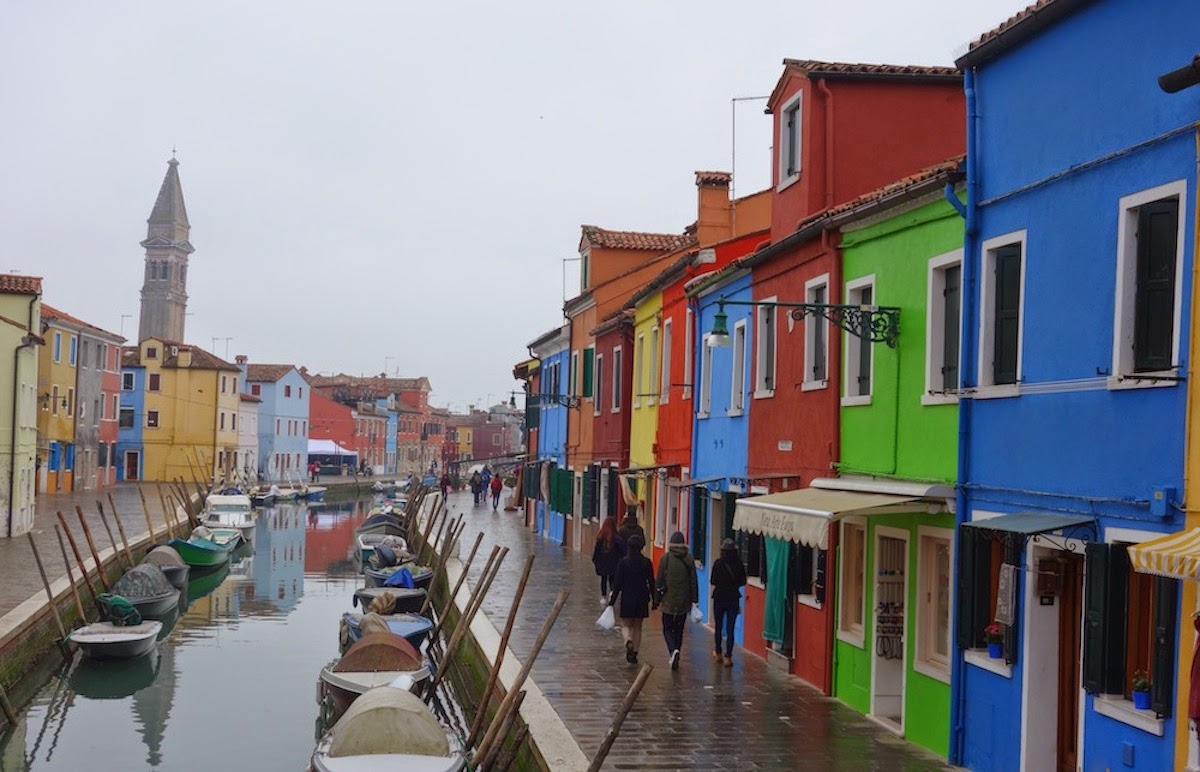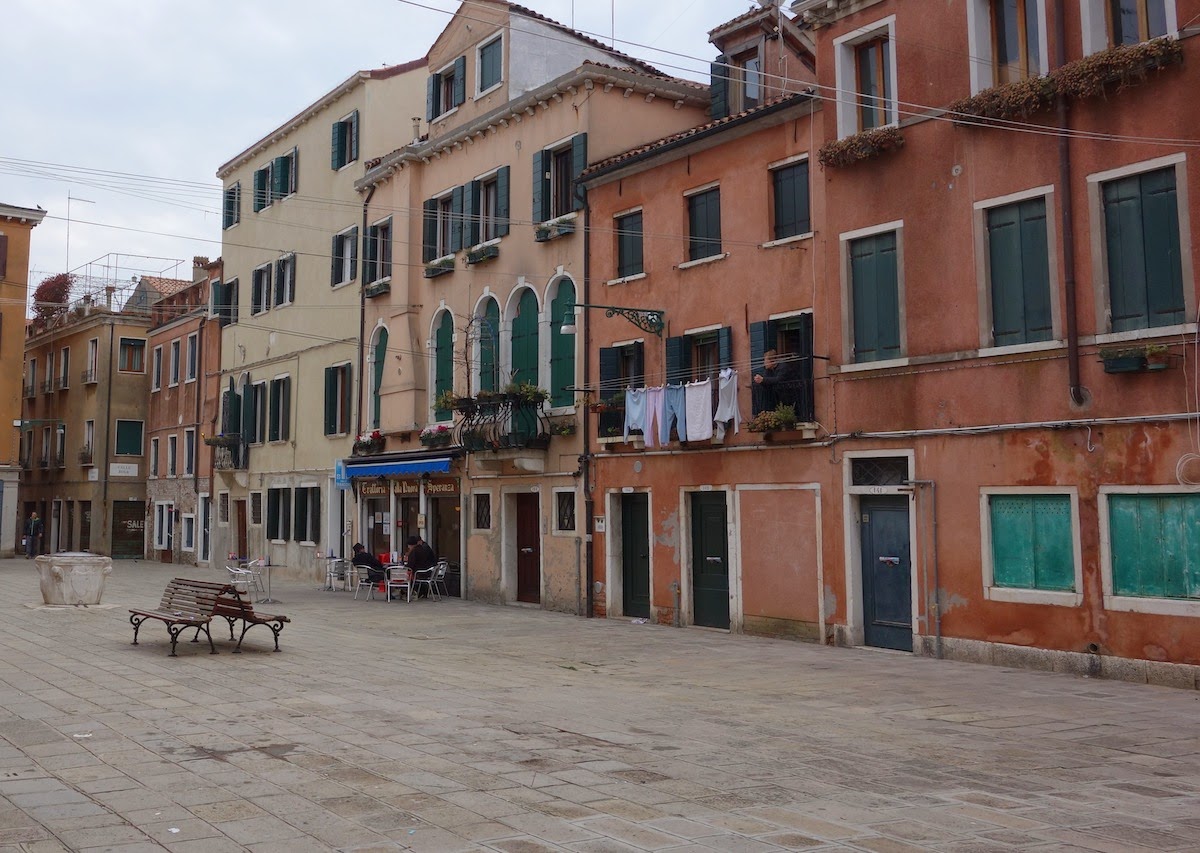Add a bit of sunshine to the rain and wildflowers appear, far many more than just a week earlier.
After covering some switchbacks, I picked up Trail #61. This trail begins in Costa di Trex and goes to the summit. It's well-marked if not well-worn, probably due to fewer numbers of hikers starting from a rural hamlet. It was muddy in places, but quite passable.
Above the tree line, the already excellent views improved.
After a visit to the summit of Subasio, next stop was Mortaro Grande, a large naturally formed sinkhole, once used as a place to compress snow and store it as ice for the warmer months. It's over 900 feet wide and almost 200 feet deep.
Here's a closer angle. Those who hike to the bottom, a steep descent, sometimes assemble rocks to create art or messages.
Here's what a mortaro looks like from the bottom up.Next I started down on Trail #50 in the direction of the Eremo and Assisi. More hikers and some mountain bikers were about at lower elevations. Passed through an area near the Rifugio di Vallonica where many horses were grazing.
Old and young were enjoying the fine weather.
Had to share the trail with this one.Nice to see families out enjoying Subasio in the springtime.
Ciao.








































